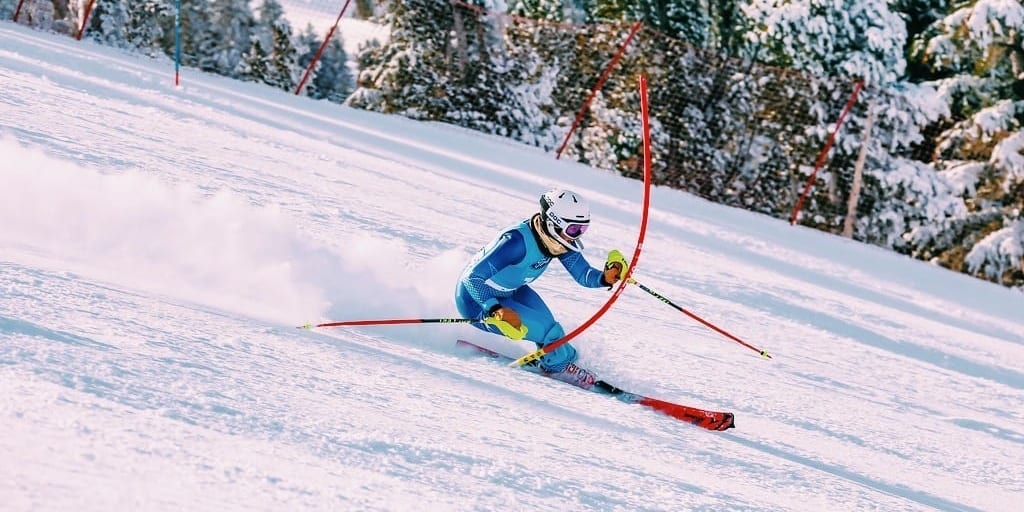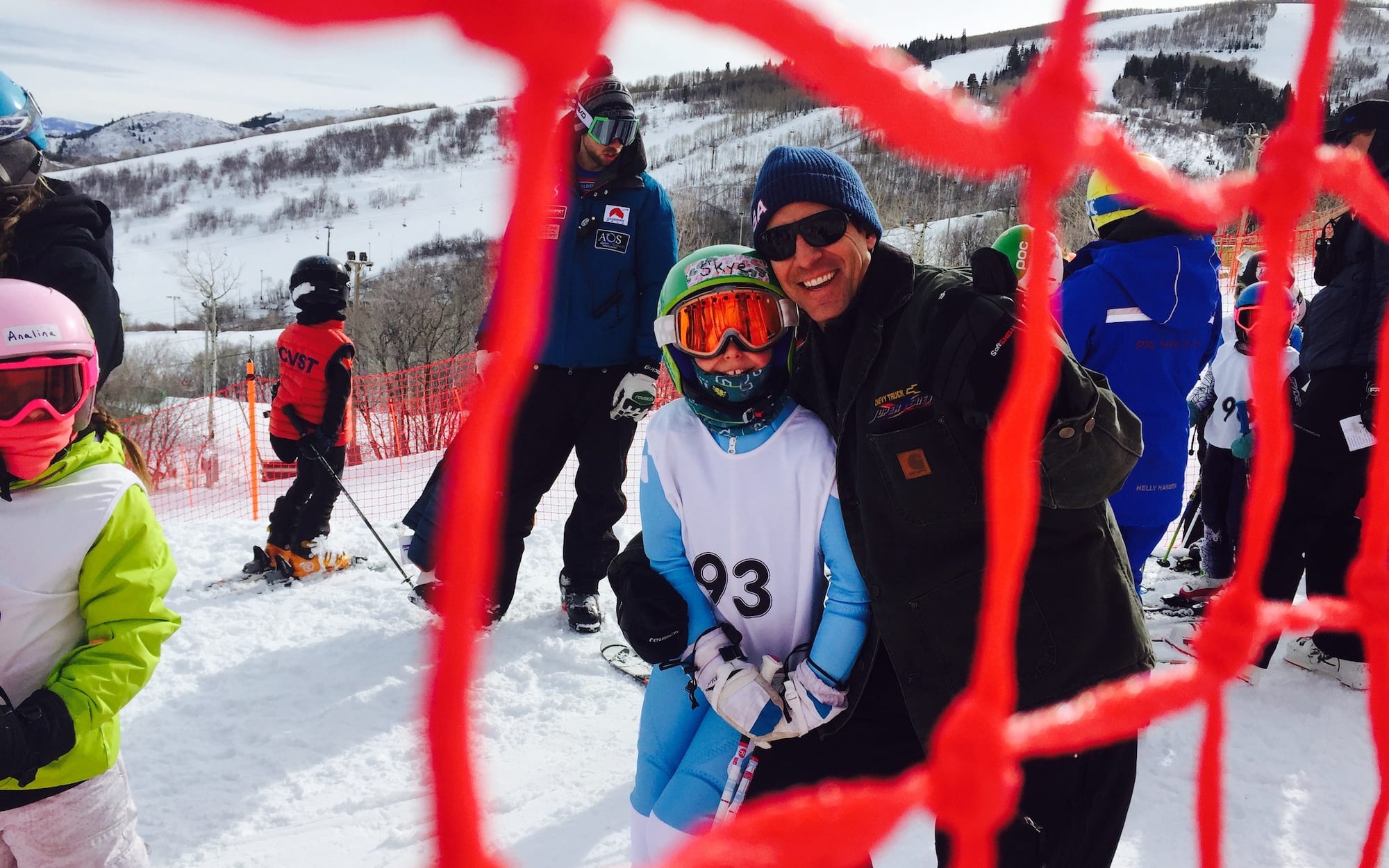U.S. Ski & Snowboard Wants to Certify Your Club
Gold, silver, or bronze? No, we aren’t asking what your favorite color Olympic medal is, but we are asking if your home club is U.S. Ski & Snowboard gold, silver, or bronze certified.
In 2014, U.S. Ski & Snowboard began the process of officially certifying its first group of member clubs with the goal of affording clubs across the country the opportunity to verify and demonstrate their understanding of best principals and how to implement them. Starting with that first handful of programs, the list of certified clubs at the gold, silver, and bronze level has swelled to 46 from all corners of the country and across all disciplines, representing about 12% of the total membership base.
“They are for-profit, non-profit, big, small, medium, nordic, multi-sport, a really wide range,” says U.S. Ski & Snowboard Club Development Manager Ellen Adams. In the next three years, Adams and her staff hope to have half of U.S. Ski & Snowboard member clubs certified at one of the three levels.
What does it take for a club to get certified, you ask? According to Adams, the process can take anywhere from six months to a whole year and requires clubs to take an honest look at themselves and the areas they need to improve. A comprehensive set of 145 standards across eight categories is self-assessed by a team of locals, covering everything from athletic programming to communications and marketing strategies.
“It’s really a mission-driven, self-reflective process,” she explains. “The club is the driver behind the process. It engages a diverse team on the club side of one representative each from the board, staff, and the community so you’re getting three very different perspectives in the process. The whole goal from our end in club development is to get these clubs functioning at a high level that’s extremely sustainable so that they can deliver quality programming and realize their vision. We’re trying to give them the tools to do that.”
Once the self-assessment and required submissions are complete, Adams and her team step in to work with the club to develop a sustainable plan of action and finalize the certification.
“At the end of the process, we come in as a U.S. Ski & Snowboard team and review their submittal and their self-assessment scores and really look at that and try and help them chart out ways to improve over the next four years,” she says.
 Club certifications are only valid for four years, meaning that the first crop of certified clubs has already undergone the recertification process. After each four-year period, a club can either re-certify at their same level or submit for silver or gold consideration. Adams and her team will periodically check-in with clubs across the country during those four years to ensure that clubs are still improving and holding to the standards they set for themselves during the self-assessment process.
Club certifications are only valid for four years, meaning that the first crop of certified clubs has already undergone the recertification process. After each four-year period, a club can either re-certify at their same level or submit for silver or gold consideration. Adams and her team will periodically check-in with clubs across the country during those four years to ensure that clubs are still improving and holding to the standards they set for themselves during the self-assessment process.
In addition to helping clubs perform to their fullest potential, the certification process is a valuable tool for U.S. Ski & Snowboard to better understand the methods the most successful clubs in the country are using to develop their elite athletes.
“We want clubs to embrace the process and use it to become better and then share with us what they’re doing so incredibly well,” says Adams. “We want to know what those best practices are that truly show continual improvement and great outcomes.”
It is important to understand that any club that achieves certification status — regardless of level — is functioning at a very high level and represents the best programs that U.S. Ski & Snowboard has to offer. The differences between gold, silver, and bronze are small and have a lot to do with how well-established a club is or how valuable of an example a club is to the greater membership base.
Once a club reaches gold or silver certification they can also apply to be considered for various regional or national designations like official training sites or high-performance centers.
“I’ve gotten my head around what a good club looks like, what a better club looks like, and what a Best in the World club looks like,” Admas says. “I can share that information with new clubs so they can figure out where they are in these different areas and map it out and see where they are doing well and have room for improvement.”
For more information about the club certification process, click here.





















